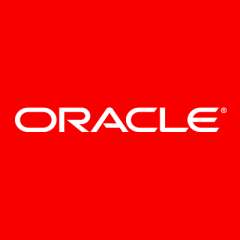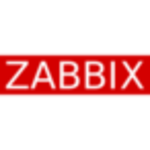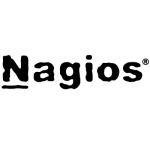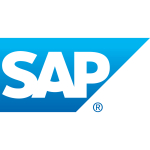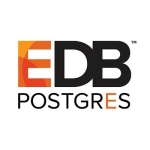The most valuable is when a client calls us to tell us the performance is really bad, I can quickly go on to OEM and see which SQL is causing the problem. I can drill down. I can quickly apply a profile to that SQL. The only drawback that I don't really like about that is they have to restart their job at the gate. The equipment profile doesn't take affect right away. You have to stop it, and you have to restart it. Other than that, it's fantastic. If they're able to stop it, you tell them to stop it. If not, you have to wait until tomorrow, where you'll see a better performance.
It's very quick, it's very easy to use. Considering the old AWR reports, which are still out there, you can get an AWR report at that particular time in OEM. OEM does data guard; you can set it up. They had a session at a conference I went to. They had the old DBA, which is like me, and the young DBA, which they used Justin Bieber. They were using the OEM, and the old DBA was still using their scripts. They were showing that the young DBA, which had no experience in Oracle whatsoever, was able to troubleshoot the problem much quicker than the old DBA who was running all his old scripts to figure out what the problem was. That's one of the things I really like about it.
Another thing is that you're able to see all your databases. Right now, we have 13 databases, so I can quickly monitor any of the 13 databases.
As I’ve mentioned, the biggest benefit is being able to pinpoint a performance issue very quickly, and be able to react to it very quickly.
One of the things I'd like to see is for profiles to be dynamic. That would be really great, where you don't have to tell the user, "Stop whatever you're doing and restart your job." To me, that would be highest on my list of improvements.
One of the drawbacks that I don't like is, quite often you'll see that the agent will show a status of Pending. When you try to refresh it, it'll stay Pending, which is kind of weird because you can still connect there. I did some Googling and it looks like there's a little issue there, where the agents aren't always up-to-date. Sometimes you have to go and stop the agents and restart the agents.
Other than that, I love the product.
The product is very stable. The only thing that I find is that the agent isn't that stable. Even though the agent doesn't seem to be stable, you're still able to connect. I don't know why, but you are.
I never used OEM before I started with Dynamite. Being with IBM, it was more like a contract we were being sent out on, so it was a different type of environment. It wasn't a performance tool, it was more building the databases and then walking away. OEM didn't come into the picture. Being with Dynamite, it's completely different.
I would give the same advice that I saw at the conference, with the old DBA and the young person that had no clue of what was going on behind the scenes of that database. How that young person, with a little bit of knowledge, was able to resolve an issue a lot quicker than the older person with all their fancy scripts.
Right now, we're at the very same version of OEM, so we haven't changed anything. Our company is very difficult when it comes to change. They've got a mindset that if it's not broken, don't fix it. They always look at us, especially IT, as an expense. Enterprise Manager Express really looks very interesting, and I really would like to try to push that. We'll see how well that flies, money-wise.
I really like the product, but there are some issues that need to be resolved. We're at version 12, and I believe there's a new 13c out, which probably has a lot of those issues fixed.
When I’m selecting a vendor such as Oracle or IBM, support has to be the number one criteria.

